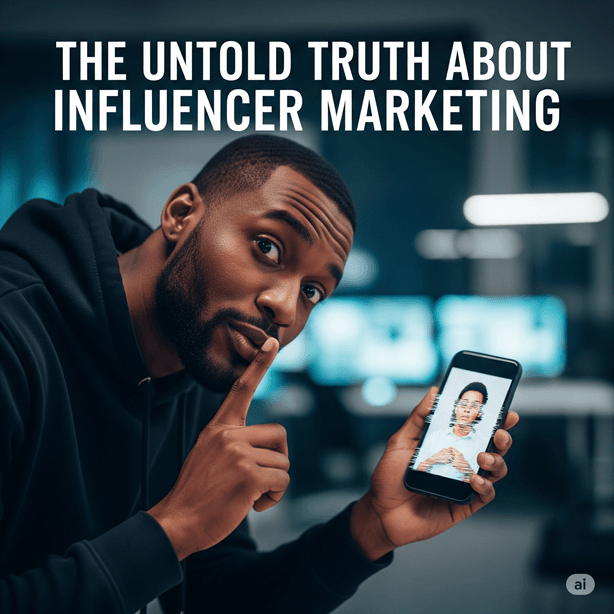
The Influencer Marketing Revolution
Have you ever wondered why that Instagram post from your favorite lifestyle blogger made you immediately want to buy those trendy sneakers? Or why a simple TikTok video from a twenty-something creator convinced millions of people to try a new skincare routine? Welcome to the world of influencer marketing – a $21 billion industry that’s reshaping how brands connect with consumers.
But here’s the thing: behind the glossy Instagram feeds and viral TikTok dances lies a complex web of strategies, psychology, and sometimes deception that most people never see. The influencer marketing industry has secrets, and it’s time we pulled back the curtain.
In this deep dive, we’ll explore the untold truths about influencer marketing that brands, creators, and consumers need to understand. From the dark side of fake followers to the psychological tricks that make us buy, we’re about to reveal what really happens behind those perfectly curated posts.
What Is Influencer Marketing Really?
Beyond the Surface Definition
Most people think influencer marketing is simply paying someone with a large following to promote a product. That’s like saying cooking is just mixing ingredients together – technically true, but missing the entire picture.
Real influencer marketing is about leveraging trust, relatability, and social proof to create authentic connections between brands and consumers. It’s a sophisticated form of word-of-mouth marketing that taps into our fundamental human desire to belong and be accepted by our peers.
The Trust Economy
In today’s digital landscape, traditional advertising feels like shouting into the void. Consumers have developed banner blindness and ad fatigue. They skip commercials, use ad blockers, and tune out obvious promotional content. But when their favorite creator genuinely recommends a product? That’s different.
Influencers have built something that brands have been trying to achieve for decades: genuine trust and emotional connection with their audience. This trust becomes a currency that can be exchanged for attention, engagement, and ultimately, sales.
The Dark Side of Influencer Marketing
The Fake Follower Epidemic
Here’s a truth that’ll make your jaw drop: industry experts estimate that up to 15% of all social media accounts are fake. That means billions of followers across platforms are nothing more than bots, purchased accounts, or inactive profiles.
Why does this matter? Because brands are paying premium rates for access to audiences that don’t actually exist. Imagine paying for a billboard in Times Square, only to discover that half the people walking by are cardboard cutouts. That’s essentially what’s happening in influencer marketing every single day.
Engagement Pods and Artificial Hype
Even more insidious than fake followers are engagement pods – secret groups where influencers artificially inflate each other’s likes, comments, and shares. These pods create the illusion of viral content and high engagement rates, tricking both algorithms and brands into believing content is more popular than it actually is.
This artificial engagement creates a domino effect. Brands see high engagement rates and assume the influencer has genuine influence. They invest in partnerships that ultimately reach fewer real people than expected, leading to disappointing ROI and misallocated marketing budgets.
The Mental Health Cost
There’s another dark side we rarely discuss: the psychological toll on influencers themselves. The pressure to constantly create content, maintain perfect lives, and generate engagement can lead to burnout, anxiety, and depression. Many influencers report feeling like they’re living their lives for the camera rather than for themselves.
This mental health crisis affects content quality and authenticity – the very things that made influencer marketing effective in the first place. When creators are struggling internally, it shows in their content, creating a vicious cycle that hurts everyone involved.
The Psychology Behind Influencer Success
Social Proof in Action
Why do we trust influencers? It all comes down to social proof – our tendency to look to others for guidance on how to behave. When we see someone we admire using a product and appearing happy or successful, our brains automatically assume that product might bring us similar results.
This psychological principle is so powerful that it overrides logical thinking. We might know intellectually that the influencer is being paid to promote a product, but emotionally, we still feel the pull of social proof.
The Intimacy Illusion
Successful influencers master the art of parasocial relationships – one-sided emotional connections where followers feel like they personally know the creator. Through consistent content sharing, personal stories, and direct communication, influencers create the illusion of friendship.
This perceived intimacy makes their recommendations feel like advice from a close friend rather than advertising from a stranger. It’s why a recommendation from an influencer with 10,000 engaged followers often converts better than a celebrity endorsement with millions of followers.
FOMO and Scarcity Marketing
Influencers excel at creating fear of missing out (FOMO) through limited-time offers, exclusive discount codes, and “behind-the-scenes” access. They make their followers feel special and part of an exclusive community, which drives immediate action and brand loyalty.
How Brands Are Getting It Wrong
Chasing Vanity Metrics
Most brands still obsess over follower counts and reach, treating influencer marketing like a numbers game. They’ll choose an influencer with 1 million followers over one with 50,000, even if the smaller creator has better engagement rates and a more relevant audience.
This approach is like choosing a restaurant based solely on how many seats it has, ignoring the quality of food, service, or customer satisfaction. Bigger isn’t always better in influencer marketing.
One-Size-Fits-All Campaigns
Many brands create rigid campaign guidelines that strip away the influencer’s authentic voice – the very thing their audience follows them for. They provide scripts, specific angles, and mandatory talking points that make sponsored content feel obvious and inauthentic.
The most successful influencer partnerships give creators freedom to interpret the brand message in their own voice while maintaining key brand requirements. It’s a delicate balance that requires trust and clear communication.
Short-Term Thinking
Brands often treat influencer partnerships like one-night stands instead of long-term relationships. They hire different influencers for each campaign, missing the opportunity to build authentic, ongoing partnerships that feel natural to audiences.
Long-term partnerships allow influencers to genuinely integrate products into their lives, creating more authentic content and stronger audience trust. They also provide better value for brands through improved rates and deeper brand integration.
The Real Cost of Influencer Marketing
Hidden Expenses Nobody Talks About
When brands budget for influencer marketing, they typically only consider the creator’s fee. But successful campaigns involve much more: content creation costs, product seeding, contract negotiations, campaign management, and performance tracking.
Smart brands budget an additional 30-50% on top of influencer fees to cover these hidden costs. Those who don’t often find themselves scrambling to cover unexpected expenses or cutting corners that hurt campaign effectiveness.
The Time Investment
Influencer marketing isn’t a “set it and forget it” strategy. It requires ongoing relationship building, campaign monitoring, and performance optimization. Brands need dedicated team members or agencies to manage these relationships effectively.
The most successful brands treat influencer marketing like partnership development rather than advertising placement. This requires significant time investment but yields much better long-term results.
Platform Dependency Risk
Relying heavily on influencer marketing creates platform dependency risk. Algorithm changes, policy updates, or platform decline can dramatically impact campaign performance overnight. Brands need diversified strategies that don’t rely too heavily on any single platform or creator.
Micro vs. Macro Influencers: The Truth
The Micro-Influencer Advantage
Micro-influencers (1,000-100,000 followers) often deliver better ROI than macro-influencers for several reasons:
- Higher engagement rates (often 2-3x higher than macro-influencers)
- More affordable rates, allowing for campaign diversification
- Niche audiences with specific interests
- Greater authenticity and trust with their followers
- More flexibility and easier communication
When Macro-Influencers Make Sense
Macro-influencers (100,000+ followers) excel in different scenarios:
- Brand awareness campaigns requiring massive reach
- Launching new products to broad audiences
- Creating viral moments and cultural conversations
- Competing with major brands in crowded markets
The key is matching influencer tier to campaign objectives rather than defaulting to “bigger is better” thinking.
The Rise of Nano-Influencers
The newest trend involves nano-influencers (under 10,000 followers) who often have the highest engagement rates and strongest community connections. While their reach is limited, their influence within their niche can be incredibly powerful.
Brands are discovering that partnering with multiple nano-influencers can be more effective and cost-efficient than single macro-influencer partnerships.
Platform-Specific Strategies That Actually Work
Instagram: The Visual Storytelling King
Instagram remains the dominant influencer marketing platform, but success requires understanding its unique ecosystem:
- Stories perform better than feed posts for immediate action
- Reels drive discovery and new audience growth
- IGTV allows for deeper product demonstrations
- Shopping tags enable direct purchasing
Successful Instagram campaigns blend multiple content formats to maximize impact across different user behaviors and preferences.
TikTok: The Viral Video Phenomenon
TikTok’s algorithm prioritizes engagement over follower count, making it ideal for creative, authentic content:
- Trend participation drives massive reach
- User-generated content performs exceptionally well
- Hashtag challenges create community engagement
- Educational content builds trust and authority
The platform rewards creativity and authenticity over production value, making it accessible for brands with smaller budgets.
YouTube: The Long-Form Trust Builder
YouTube influencers often have the strongest relationships with their audiences due to longer content formats:
- Product reviews drive high-intent traffic
- Tutorial content provides ongoing value
- Live streams create real-time engagement
- Channel partnerships build long-term brand association
YouTube campaigns require larger time investments but often deliver the highest conversion rates and customer lifetime value.
LinkedIn: The Professional Influence Network
Often overlooked for influencer marketing, LinkedIn excels for B2B brands:
- Industry experts have highly engaged professional audiences
- Thought leadership content builds long-term trust
- Employee advocacy programs amplify brand reach
- Professional recommendations carry significant weight
LinkedIn influencer partnerships work best for complex products requiring educational content and trust-building.
Measuring Success: Beyond Vanity Metrics
The Metrics That Actually Matter
Successful influencer marketing measurement goes far beyond likes and comments:
- Engagement Quality: Are people asking questions, sharing experiences, or making purchase inquiries?
- Traffic Quality: How long do referred visitors stay on your site? What’s their bounce rate?
- Conversion Attribution: Which influencers drive actual sales, not just awareness?
- Brand Sentiment: How does influencer content affect overall brand perception?
- Customer Lifetime Value: Do influencer-acquired customers become long-term brand advocates?
Attribution Challenges
One of the biggest challenges in influencer marketing is attribution. Customers often discover brands through influencers but purchase through different channels later. This multi-touch journey makes it difficult to accurately measure influencer impact.
Smart brands use:
- Unique discount codes for direct attribution
- UTM parameters for traffic tracking
- Brand lift studies for awareness measurement
- Customer surveys to understand discovery paths
- Long-term cohort analysis for lifetime value assessment
ROI Calculation Best Practices
Calculating influencer marketing ROI requires considering both direct and indirect benefits:
Direct ROI: (Revenue – Campaign Costs) / Campaign Costs x 100
Indirect Benefits:
- Increased brand awareness and recall
- Improved search engine optimization through backlinks
- User-generated content for future marketing use
- Audience insights for product development
- Long-term brand equity building
The most successful brands track both immediate returns and long-term brand building benefits.
The Future of Influencer Marketing
Emerging Trends Shaping the Industry
Several trends are reshaping influencer marketing:
Virtual Influencers: AI-created personas are gaining followers and brand partnerships, offering complete content control but raising authenticity questions.
Live Commerce: Real-time shopping experiences through live streams are exploding, especially in Asian markets, and expanding globally.
Audio Influence: Podcast hosts and Clubhouse personalities are becoming powerful brand partners as audio content consumption grows.
Augmented Reality: AR filters and virtual try-on experiences are creating new ways for influencers to showcase products.
Technology’s Growing Role
Artificial intelligence is transforming influencer marketing:
- Fraud Detection: AI tools identify fake followers and engagement more accurately
- Influencer Discovery: Machine learning matches brands with ideal creator partners
- Content Optimization: AI analyzes top-performing content to guide creative strategies
- Predictive Analytics: Algorithms predict campaign performance before launch
Regulatory Changes on the Horizon
Governments worldwide are implementing stricter disclosure requirements and advertising regulations. The Federal Trade Commission (FTC) continues updating guidelines for influencer partnerships, requiring clearer sponsor disclosures and authentic reviews.
Brands must stay current with evolving regulations to avoid legal issues and maintain consumer trust.
Building Authentic Partnerships
The Relationship-First Approach
The most successful influencer partnerships feel like natural brand extensions rather than obvious advertisements. This requires:
- Genuine Product Fit: Influencers should actually use and enjoy the products they promote
- Creative Freedom: Allow creators to interpret brand messages in their authentic voice
- Long-term Commitment: Build ongoing relationships rather than one-off transactions
- Mutual Value: Ensure partnerships benefit both brand and creator beyond just payment
Vetting Process Essentials
Before partnering with influencers, brands should:
- Audit Audience Quality: Use tools to check for fake followers and engagement
- Review Content History: Ensure creator’s past content aligns with brand values
- Analyze Engagement Patterns: Look for authentic interaction in comments and stories
- Check Brand Safety: Verify the creator hasn’t associated with controversial topics
- Assess Professionalism: Evaluate communication style and reliability
Contract and Legal Considerations
Proper influencer contracts should include:
- Clear content deliverables and timeline expectations
- Usage rights for created content
- Disclosure requirement compliance
- Performance metrics and payment terms
- Exclusivity clauses and competitor restrictions
- Crisis management and content approval processes
Crisis Management in Influencer Marketing
When Partnerships Go Wrong
Even well-vetted influencers can face scandals or controversies that reflect poorly on partner brands. Smart brands prepare for these situations with:
- Crisis Communication Plans: Pre-written responses for different scenario types
- Contract Exit Clauses: Legal pathways to terminate partnerships quickly
- Monitoring Systems: Tools to track creator activity and audience sentiment
- Response Protocols: Clear decision-making processes for crisis situations
Damage Control Strategies
When controversies arise, brands should:
- Assess Quickly: Determine if the issue aligns with brand values
- Communicate Transparently: Address the situation honestly with stakeholders
- Take Decisive Action: Make clear decisions about partnership continuation
- Learn and Adjust: Update vetting processes to prevent similar issues
The speed and authenticity of crisis response often determines long-term brand impact.
Conclusion
The untold truth about influencer marketing is that it’s simultaneously more powerful and more complex than most people realize. When done right, it creates authentic connections that drive real business results. When done wrong, it wastes budgets and damages brand credibility.
Success in influencer marketing requires understanding its psychological foundations, avoiding common pitfalls, and building genuine partnerships with creators who truly align with your brand values. It’s not about finding the biggest audience or the cheapest rates – it’s about creating authentic value for all parties involved: brands, creators, and consumers.
As the industry continues evolving, brands that focus on authenticity, long-term relationships, and meaningful measurement will thrive. Those that chase vanity metrics and treat influencers as advertising billboards will struggle to achieve sustainable success.
The future belongs to brands that understand influencer marketing as relationship building rather than media buying. In an increasingly connected world, authentic human connections remain the most powerful marketing tool available.
READ ALSO: Why 90% Fail at Social Media & How to Be the 10% That Win


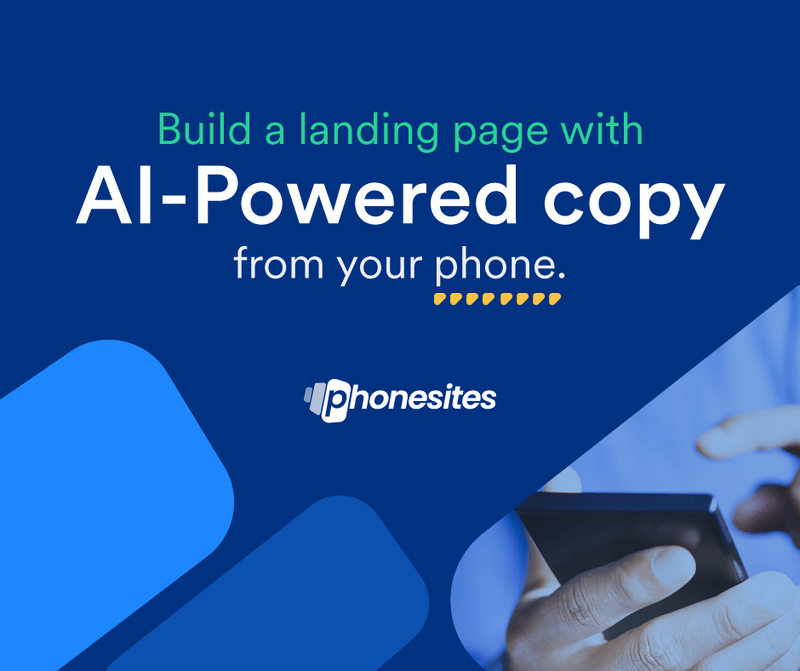
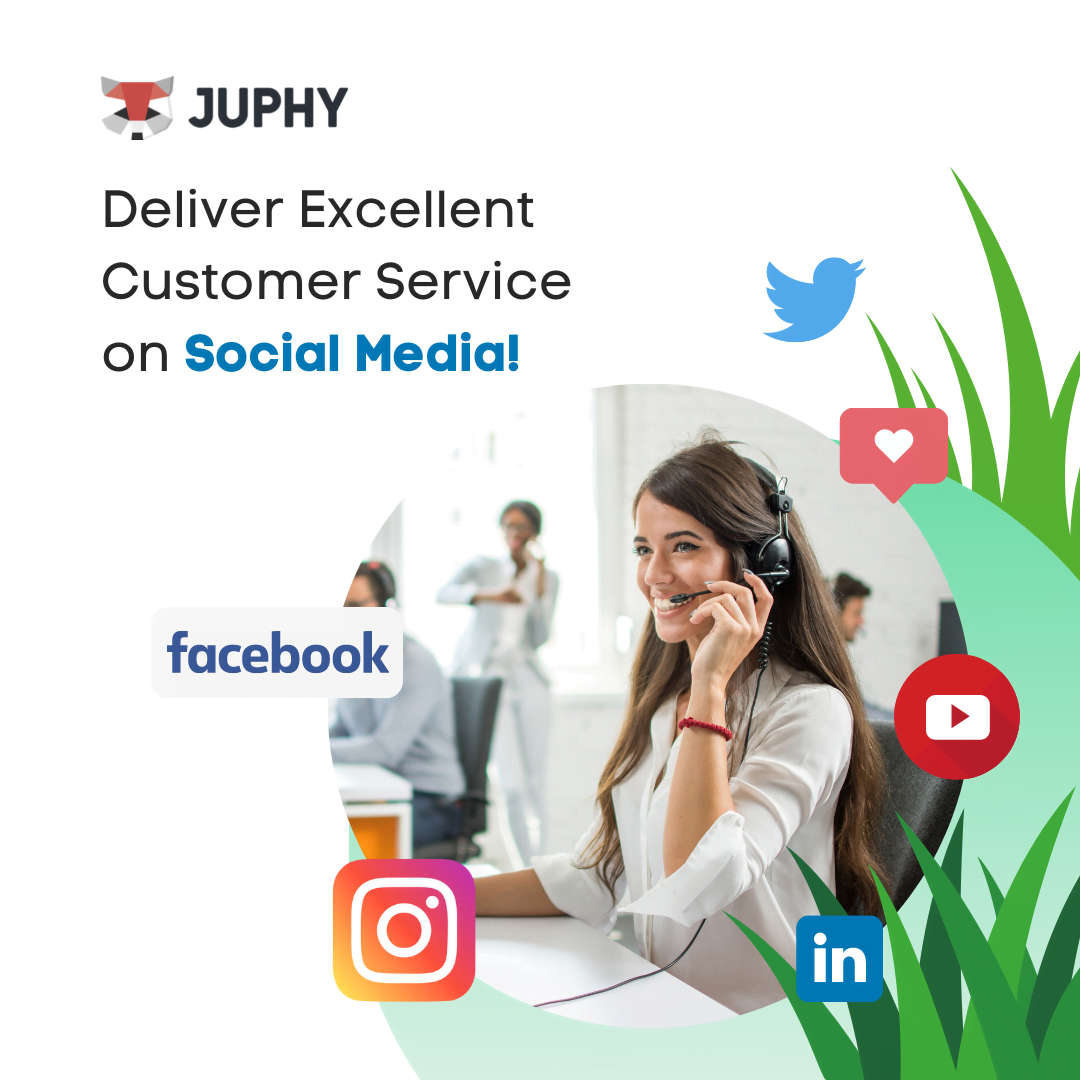
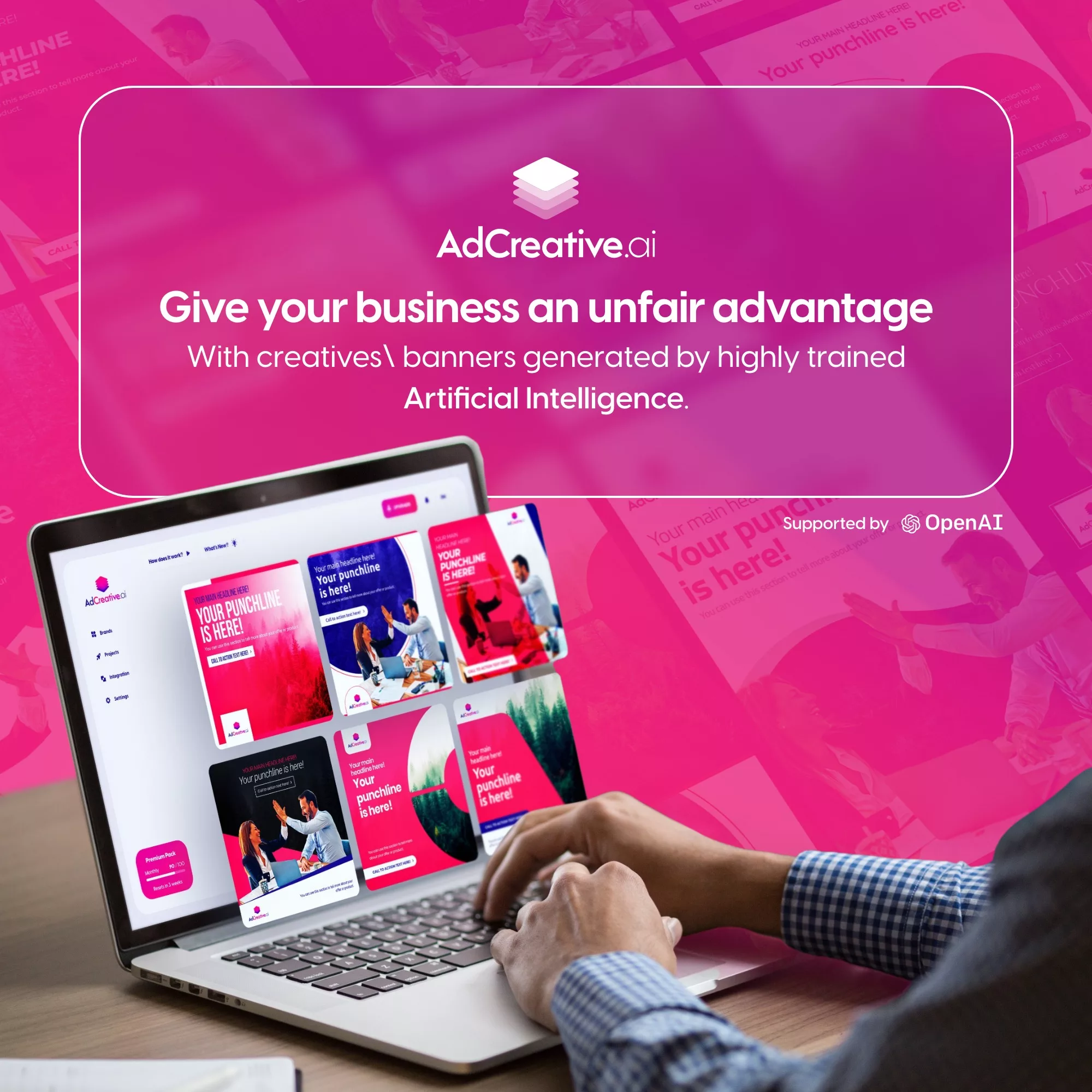

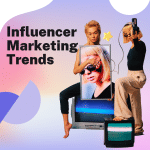
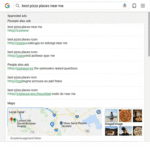
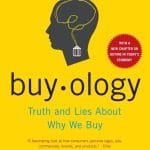
Leave a Comment
You must be logged in to post a comment